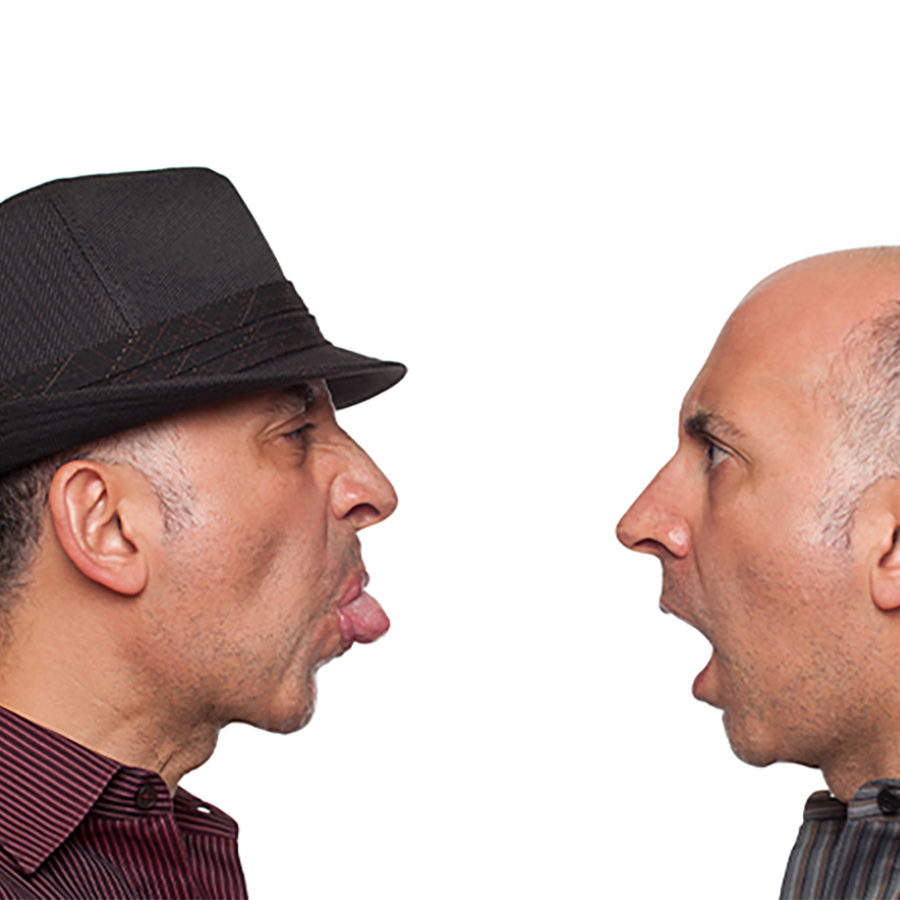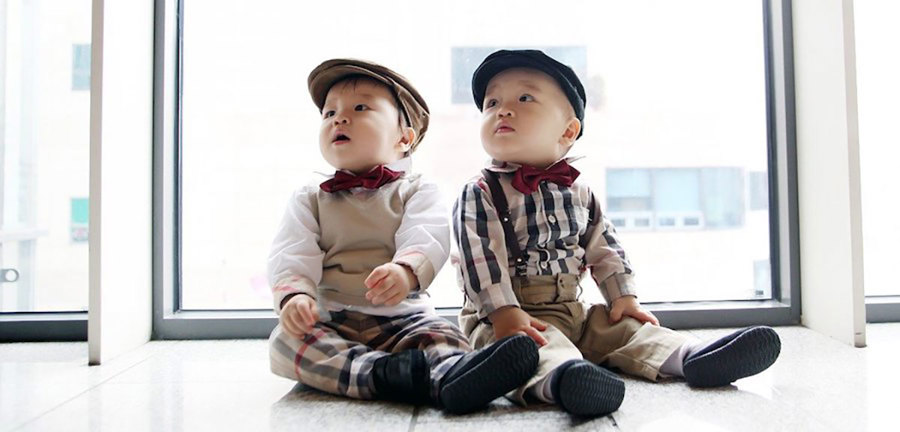
If an identical twin commits a crime, can you tell who it was by DNA?
November 10, 2004

- Related Topics:
- Forensics,
- Twins,
- Genetic testing,
- Environmental influence
A curious class from California asks:
“My students want to know: if identical twins have the same DNA, what happens if one of them commits a crime and leaves only DNA evidence at the crime scene; like a hair or something? How could you tell which twin did it?”
Editor’s note (6/02/2021):When this article was first published it was not possible to tell the difference between identical twins from their DNA. Technology has advanced since then, to the point where it is now possible (if difficult) to do so. You can read more here.
What a fun question! With the technologies we have now, the police can’t tell which twin did the crime. So what can the police do?
For now, they need to look for other pieces of evidence to connect one twin to the crime. This is still tricky since they usually look pretty much alike.
Sometimes the police get lucky. In a case in Boston, an eyewitness was able to identify the criminal because he had a tattoo that his twin brother didn’t have.
Another place where identical twins are different is their fingerprints. The pattern of our fingerprints is set up by our genes. Just like with other genes, though, the environment can change how we turn out.
While you were growing inside of your mother, you touched the amniotic sac. When you touched it during weeks 6-13, the patterns of your fingerprints were changed. This is why identical twins have different fingerprints.
What if there is no fingerprint? What can the police do then?
Well, unless there is an eyewitness and a tattoo, not much. But scientists are working on a new DNA test that just might help.
Just like our fingerprints, the environment can change our DNA too. We all build up mutations in our DNA over time. Most of these DNA changes are harmless although some can lead to diseases like cancer.
Where do these changes come from? Some come from the stuff our body does everyday. For example, we all start out with a single cell and end up with somewhere around 50 or 100 trillion cells.
The DNA in all of these cells needed to be copied (not 100 trillion times but a lot). The machinery in our cells that copies our DNA is incredibly good at what it does, but not perfect. Occasionally, it makes a mistake that is not fixed.
Our DNA also changes in response to things like sunlight or the food we eat. Both can damage the DNA causing mistakes to happen.

Coming up with a genetic test looking for these changes is going to be tough. First, these changes are pretty rare. Everyone has about 100 new mutations in their DNA. Sounds like a lot but spread out over 6 billion base pairs, that is quite a needle in a haystack.
Also, all of the changes aren’t in all of your cells – not all of your cells have the same DNA sequence! If a DNA mistake happens late in our development, then only a few cells will have that mutation. If a mistake happens early, then more cells will have the DNA change but still not all of them.
To work, the genetic test is going to have to sequence a lot of DNA to find the few base pair differences between the twins. Not only that, but the police will need to know what tissue the DNA comes from so they can compare it to the right tissue in the twins.
It is important to realize that this isn’t just a thought experiment. This is a real problem the police have come up against. In fact, in a recent case in Michigan, the police haven't been able to tell which twin brother committed a crime because there was no eyewitness or fingerprint.
As you can see, this is a tough area for police investigations. I have confidence, though, that scientists will figure out a way to tell identical twins’ DNA apart someday.

Author: Dr. Barry Starr
Barry served as The Tech Geneticist from 2002-2018. He founded Ask-a-Geneticist, answered thousands of questions submitted by people from all around the world, and oversaw and edited all articles published during his tenure. AAG is part of the Stanford at The Tech program, which brings Stanford scientists to The Tech to answer questions for this site, as well as to run science activities with visitors at The Tech Interactive in downtown San Jose.
 Skip Navigation
Skip Navigation
